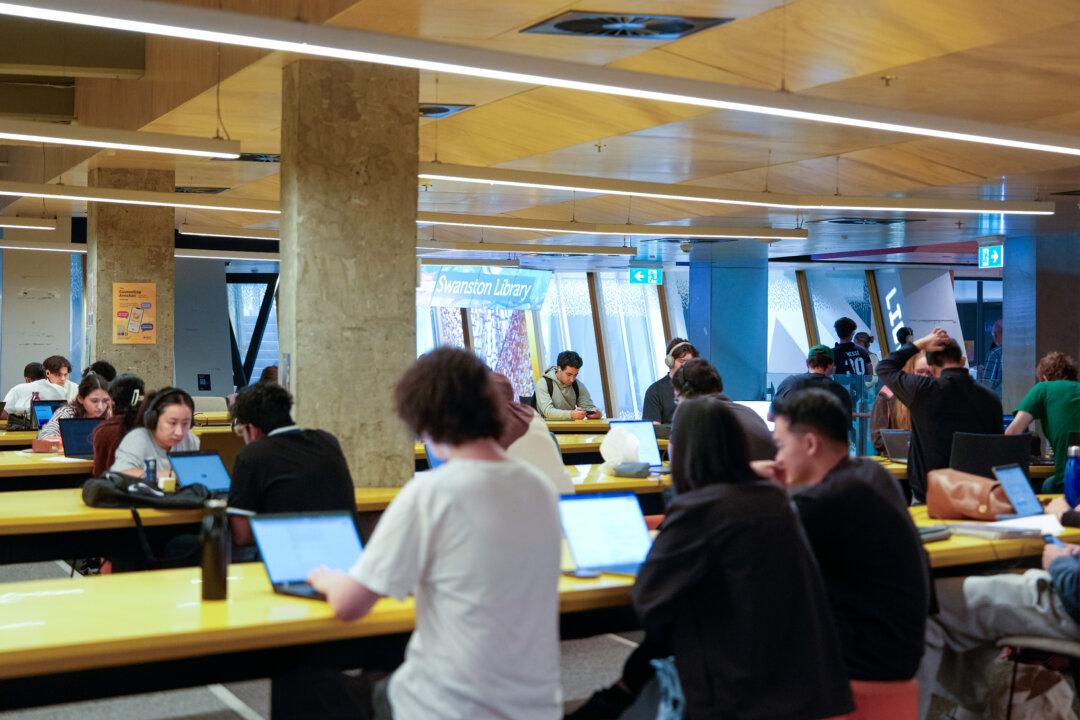Struggle to Survive in Australia’s Torres Strait Island ‘Paradise’
'The funding model that government has typically delivered since has been subsistence at best'

A general view on Saibai Island on March 26, 2021 in Saibai Island, Australia. More than 250 Islands make up the Torres Strait, a body of water separating the Cape York Peninsula and the southern coast of Papua New Guinea. Photo by Brook Mitchell/Getty Images
|Updated:




